order

Coleoptera
“Adult Beetles”

Coleoptera
“Larval Beetles”

Diptera
“True Flies”

Ephemeroptera
“Mayflies”

Hemiptera
“True Bugs”

Lepidoptera
“Aquatic Caterpillars, Snout Moths”

Megaloptera
“Alderflies, Dobsonflies, and Fishflies”

Odonata
“Dragonflies and Damselflies”

Plecoptera
“Stoneflies”

Trichoptera
“Caddisflies”
family
Leptophlebiidae
Leptophlebia
“Prong-gilled Mayflies”
Genus Overview
There are 7 species in North America. The species imaged is Leptophlebia bradleyi. This species was once included in Paraleptophlebia but adult characters has it currently placed in Leptophlebia.
Characteristics
POLLUTION TOLERANCE
Southeast: 6.4 and higher
Upper Midwest: 4 and higher
0 = least tolerant, 10 = most tolerant
FEEDING HABITS
Collector / Gatherer
Shredder / Detritivore
Shredder / Detritivore
MOVEMENT
Clinger
Sprawler
Swimmer
Sprawler
Swimmer
DISTRIBUTION
Widespread (east of the Rocky Mtns.)
HABITAT
Lotic-erosional
Diagnostic Characters
Order
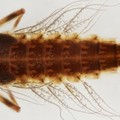
Abdominal Gills
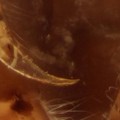
Single Tarsal Claw
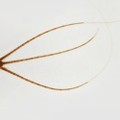
Usually 3 Tails
Family
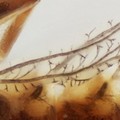
Double Lamellate Gills
+ Expanded Character List
Order:
Wings developing in wing pads. Mouthparts suitable for chewing. Gills present on tops and sides of abdomen. Segmented legs present. One tarsal claw per leg. Usually with 3 tails (sometimes 2).
Family:
Mandibular tusks absent. Gills on abdominal segment 1 with single or double lamellae (plates) or forked. Gills on segments 2–7 double-layered lamellate (plate-like) and terminated in filaments or points and without fringe, or oval with fringe.
Genus:
Abdominal gill 1 is different than 2-7. Labrum not as wide as head.
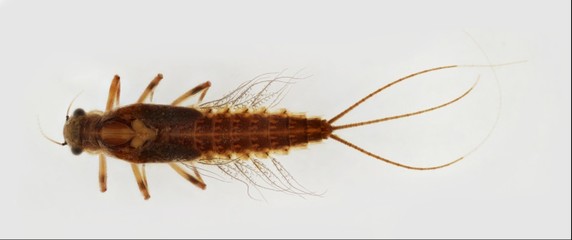
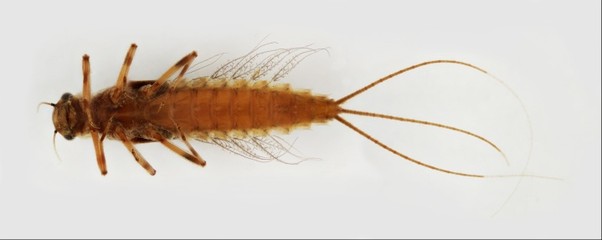
Dorsal
Ventral



